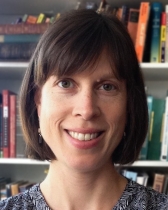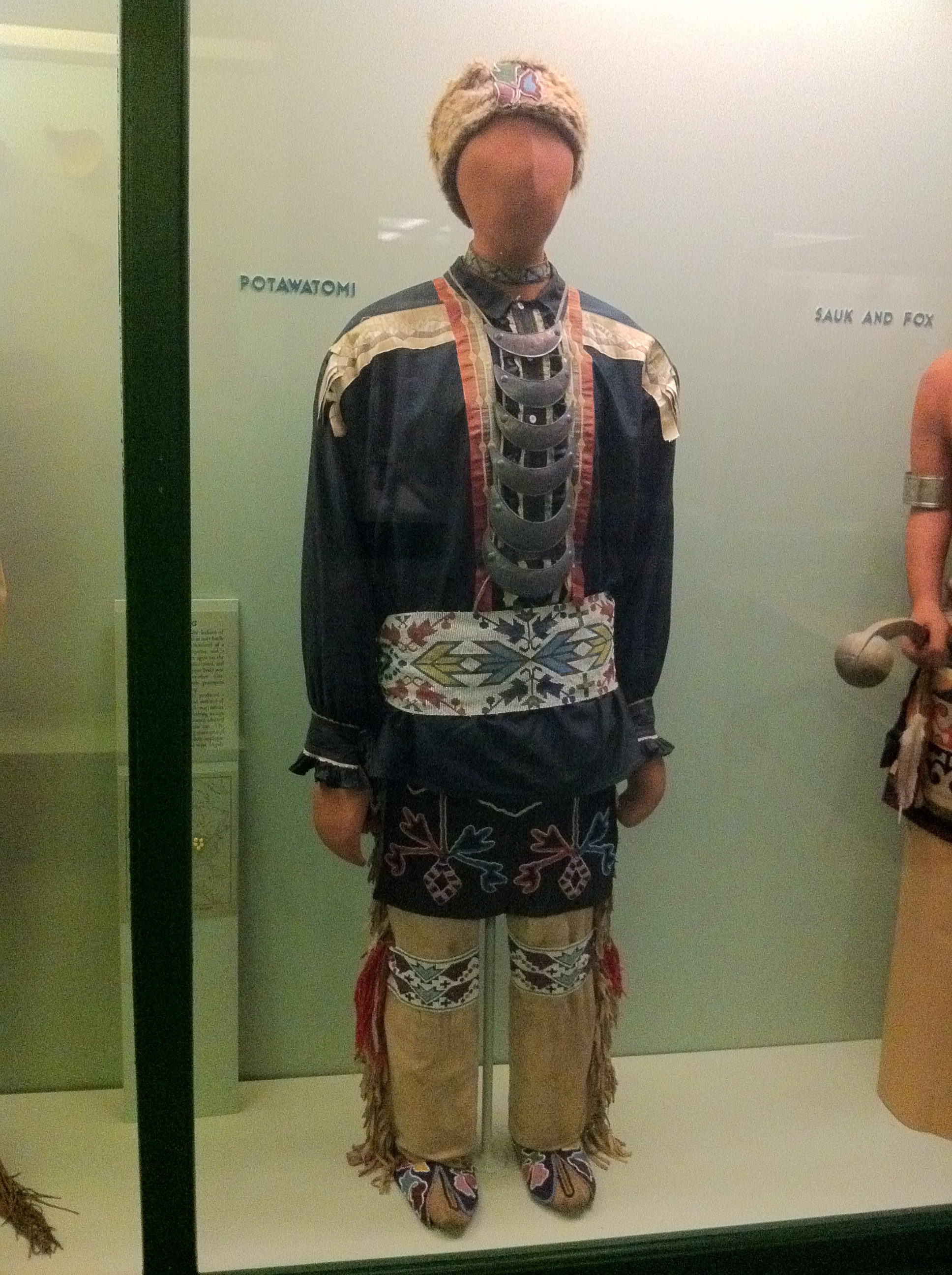This article is the fourth in a series to highlight the five 2016 Digital Humanities Summer Faculty Workshop Projects sponsored by the Alice Kaplan Institute for the Humanities (AKIH), and co-organized by Northwestern University Libraries (NUL) and the Weinberg College of Arts & Sciences’ Media & Design Studio. Each summer five faculty projects are chosen for their role in developing digital humanities pedagogical and research projects with meaningful roles for students.
Next up is Dr. Kelly Wisecup and her project “Mapping Indigenous Stories of Chicago.” Her project is an undergraduate course and research project which uses indigenous stories from Chicago and place-based methodologies to study Native American literature. Students focus closely on specific areas of historical and cultural importance, finding new ways to make visible the hidden or erased stories of places.Q: What are you trying to achieve with your class and project, “Mapping Indigenous Stories of Chicago?”
KW: The goal is to use place-based, experiential analyses of novels, short stories, and poems from and about the Great Lakes to create a digital map of Chicago that reconceptualizes its space in terms of indigenous histories, objects, and their stories.
Which texts were selected for analysis?
We used two of Louise Erdrich’s novels: The Round House, which won the National Book Award, and her most recent novel, LaRose. We also used the short story “Museum Indians” by Susan Power about her growing up in Chicago. Her mom is from the Standing Rock Sioux Reservation, so her story is about being a first-generation kid with a mom who grew up on the Reservation. The story focuses on her first visit to the Field Museum to see the Native American exhibits there. We also read a poem called “Indian Land Dancing,” by Chicago-based performance artist and slam poet named Eddie Two Rivers.
Which of the materials used in class had the greatest impact on the students and their perception of the project?
Looking at a pamphlet created by Simon Pokagon for the 1893 World’s Fair was really cool. Pokagon was a Potawatomie Indian who created the pamphlet, which is printed on birch bark, to sell at the Fair—an event devoted to celebrating Columbus on the 400th anniversary of his so-called discovery of America. Pokagon begins the pamphlet by saying, “I declare to you that me and my people have no heart to celebrate with you this Columbian anniversary.” And then it goes on to talk about the ways that Columbus’ legacy is one of suffering and dispossession. So that definitely made an impression.Simon Pokagon [Image credit: Wikimedia]
How was mapping used as a pedagogical tool for the course?
We thought about mapping not just as an activity in which to use digital tools, but as a framework for thinking about how we read the literary texts and how these texts represent Chicago to us. We thought about how, when colonists came to the Americas, they made maps that imposed their own ideas on space – for example, they drew straight lines through swamps and claimed land from the Mississippi to the West Coast despite the fact that there were hundreds of sovereign Indigenous nations in that space. And we considered as well how mapping can work conceptually, by representing things like divisions of labor or religions or gender roles. We looked at the colonial legacy of those forms of mapping and the ways that literature by Native peoples from the Great Lakes has helped to remap those categories.
At the end of the class, the students applied what they learned to create their own map that helped them, and will help others, see Chicago from a different perspective.
A section of the map created by Dr. Wisecup and her class [Image credit: Kelly Wisecup]
How did the Summer Faculty workshop at Kaplan influence the project?
The Summer Workshop was really helpful in getting me to conceptualize the relationship between the digital platform I planned to use (the mapping tools) and the overall structure of the course—that the mapping project would not simply be an assignment but would serve as the governing structure of the course. The workshop participants were able to ask probing questions that shaped my thinking for how to approach the class, such as: “What does Potawatomie mapping look like and how does it differ from how Chicago is mapped today?”
When thinking about the use of maps, what has been the biggest challenge in using them to show concepts other than physical boundaries?
What I didn’t want to do was to map space and time linearly – which many mapping software options require. I wanted to allow students to move around in time. For their final projects, some of them chose artifacts from the Field Museum and those objects can be really complicated temporally and historically. You can consider them in their current state at this moment in time (2017), but we also have to acknowledge that the object originates in an earlier time and might have been used in various ways at other times. I wanted to find a way to allow students to tell the stories of those objects in ways that acknowledged their changing meanings and contexts.Potawatomi Regalia at the Field Museum in Chicago [Image credit: Wikimedia]
What was the most surprising/rewarding aspect of the class and project?
The most rewarding aspect was seeing how the students worked with the concept of the course to use mapping as a framework and how they brought in their own disciplines and majors in a way that I hadn’t expected. Giving them the freedom to choose whatever object and story they wanted to research allowed me to get to know them as thinkers in a way that I haven’t in other classes, because I saw the content through the lens of their own interests.
Learn more about faculty opportunities with the Digital Humanities Summer Faculty Workshop on their website. Events through the Northwestern Digital Humanities Laboratory (NUHDL) will be taking place throughout 2017 and are open to anyone interested in exploring the nature and role of interdisciplinary digital humanities research.




